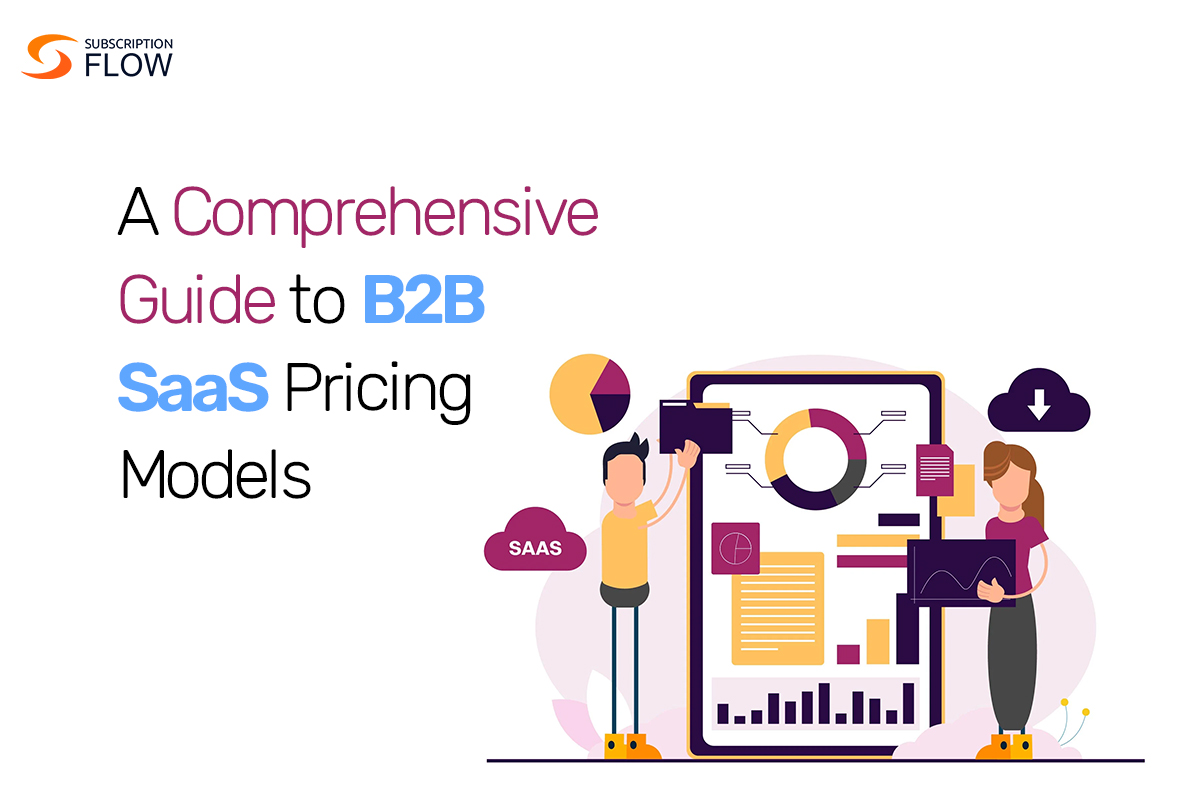In the rapidly evolving landscape of B2B SaaS (Business-to-Business Software as a Service), selecting the right pricing model is critical to the success and growth of your business. Pricing models not only determine how you generate revenue but also how you position your product in the market, attract customers, and retain them. This blog explores the most popular B2B SaaS pricing models, their advantages, and how to choose the best one for your business.
1. Flat-Rate Pricing
What is Flat-Rate Pricing?
Flat-rate pricing involves offering your SaaS product at a single fixed price, regardless of usage or features. This model is straightforward and easy to understand for customers.
Advantages:
- Simplicity: Easy for customers to understand and for businesses to manage.
- Predictable Revenue: Provides consistent and predictable monthly or annual revenue.
Disadvantages:
- Limited Flexibility: Does not account for varying customer needs and usage patterns.
- Potential Undervaluation: High-value customers might get more than they pay for, while low-value customers might find it too expensive.
Best For:
- Startups and small businesses with a single product or feature set.
- Businesses targeting a broad market with similar needs.
2. Usage-Based Pricing
What is Usage-Based Pricing?
Usage-based pricing, also known as pay-as-you-go, charges customers based on their actual usage of the product. This model is common in cloud services and data storage.
Advantages:
- Fairness: Customers pay for what they use, which can be appealing for those with fluctuating needs.
- Scalability: Easily scalable as customers grow and use more of your services.
Disadvantages:
- Revenue Unpredictability: Revenue can vary significantly from month to month.
- Complexity: Can be more challenging to implement and explain to customers.
Best For:
- Companies offering services with variable usage patterns, such as cloud computing and data analytics.
- Businesses targeting customers who prefer flexible spending.
3. Tiered Pricing
What is Tiered Pricing?
Tiered pricing offers multiple pricing levels or packages, each with different features and usage limits. Customers can choose the tier that best fits their needs.
Advantages:
- Flexibility: Provides options for different customer segments.
- Upsell Opportunities: Encourages customers to upgrade to higher tiers as their needs grow.
Disadvantages:
- Complexity: Requires careful structuring to avoid confusion and overlap between tiers.
- Potential Frustration: Customers might feel limited by their tier and pressured to upgrade.
Best For:
- Businesses with a diverse customer base and a wide range of product features.
- Companies looking to maximize revenue through upselling and cross-selling.
4. Per-User Pricing
What is Per-User Pricing?
Per-user pricing charges customers based on the number of users or seats accessing the software. This model is popular in collaboration and communication tools.
Advantages:
- Scalability: Revenue grows as the customer’s team grows.
- Transparency: Easy for customers to understand and budget for.
Disadvantages:
- Price Sensitivity: Can become expensive for large teams, potentially leading to churn.
- Limited Flexibility: Does not account for usage intensity differences among users.
Best For:
- SaaS products designed for teams and collaboration.
- Businesses with predictable team sizes and growth rates.
5. Freemium Model
What is the Freemium Model?
The freemium model offers a basic version of the product for free, with the option to upgrade to a paid version for additional features and benefits.
Advantages:
- Low Barrier to Entry: Attracts a large number of users quickly.
- Conversion Potential: Provides opportunities to convert free users into paying customers.
Disadvantages:
- High Cost of Free Users: Supporting a large number of free users can be costly.
- Conversion Challenges: Not all free users will convert to paying customers.
Best For:
- Companies looking to build a large user base quickly.
- Products with clear upgrade paths and significant value differentiation between free and paid versions.
6. Value-Based Pricing
What is Value-Based Pricing?
Value-based pricing sets prices based on the perceived value of the product to the customer. This model requires a deep understanding of customer needs and willingness to pay.
Advantages:
- Maximized Revenue: Potential to charge higher prices for high-value customers.
- Customer Alignment: Aligns pricing with the actual value delivered to customers.
Disadvantages:
- Complexity: Requires extensive market research and customer understanding.
- Sales Effort: May involve more personalized sales and negotiation processes.
Best For:
- Niche products with significant value differentiation.
- Businesses with strong customer relationships and deep market insights.
Choosing the Right Pricing Model
Selecting the right pricing model for your B2B SaaS business involves understanding your product, market, and customers. Consider the following steps:
- Analyze Your Customer Base: Understand your customers’ needs, usage patterns, and willingness to pay.
- Evaluate Your Product Features: Determine which features are most valuable to different customer segments.
- Test and Iterate: Experiment with different pricing models and gather feedback to refine your approach.
- Align with Business Goals: Ensure your pricing strategy supports your long-term business objectives and growth plans.
Conclusion
Choosing the right B2B SaaS pricing model is a critical decision that can impact your business’s success. Whether you opt for flat-rate, usage-based, tiered, per-user, freemium, or value-based pricing, each model has its unique advantages and challenges. By carefully analyzing your market, understanding your customers, and aligning your pricing strategy with your business goals, you can find the optimal pricing model to drive growth and profitability.
Ready to refine your pricing strategy? Contact us for a consultation and discover how to optimize your B2B SaaS pricing for maximum impact!




